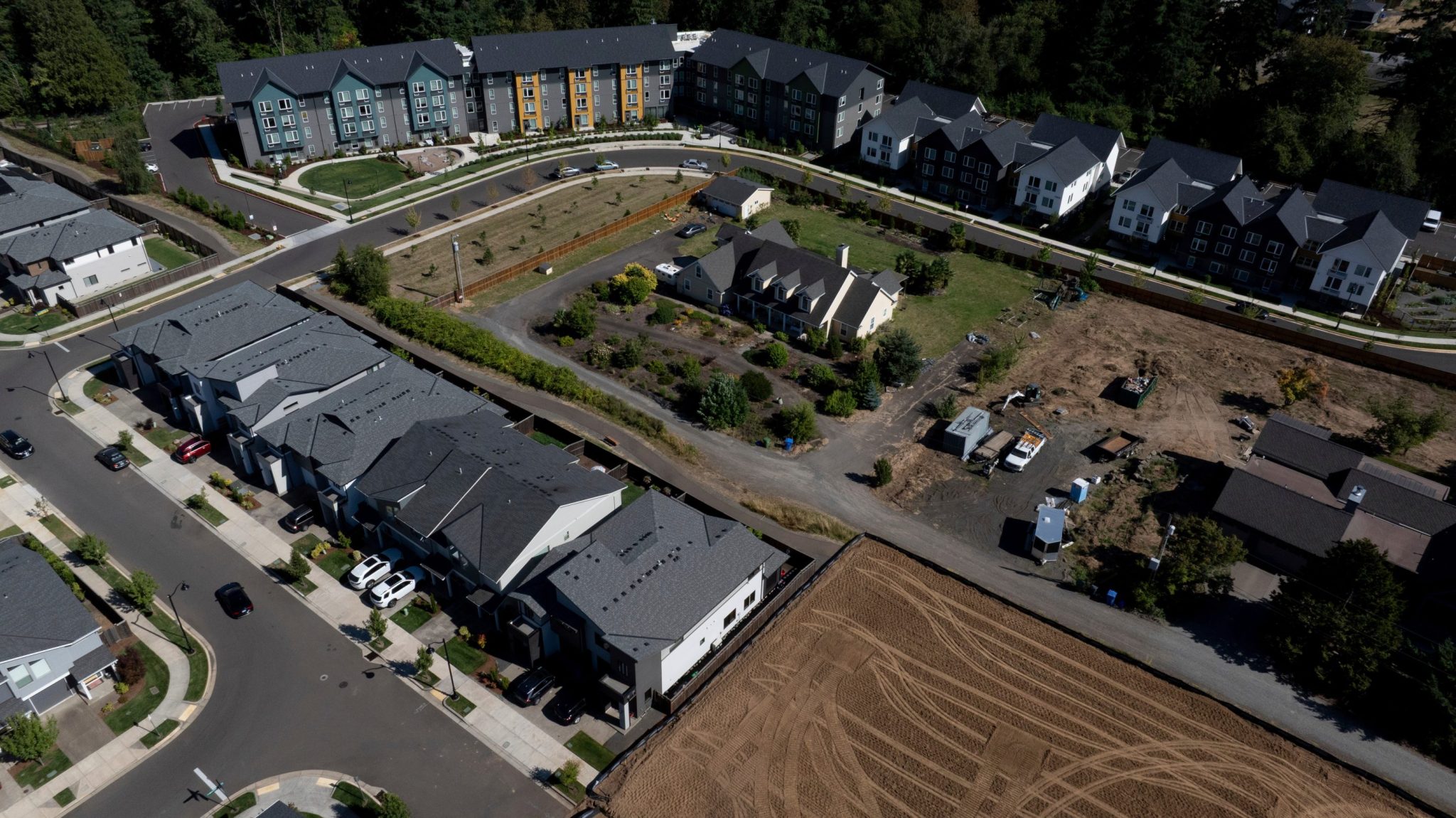
About 28 out of every 1,000 homes changed hands between January and September, marking the lowest U.S. home turnover rate dating back to at least the 1990s, according to an analysis by Redfin.
The home turnover rate represents the number of homes sold divided by the total number of existing sellable properties. While sales data show whether more or fewer homes are selling in a given period, the home turnover rate helps illustrate how homeowners are staying put longer.
“It’s not healthy for the economy that people are staying put,” said Daryl Fairweather, chief economist at Redfin.
Consider that the home sales turnover rate through the first nine months of this year is down about 30% from the average rate over the same time periods between 2012 and 2022. Traditionally, opportunities such as a new job or the need for more space when starting a family motivate homeowners to sell and relocate.
The fact that fewer homes are changing hands suggests homeowners aren’t seeing as many opportunities for employment mobility or perhaps cannot afford to sell and buy at today’s prices and mortgage rates.
“If people are stuck, it’s reflective of how the economy is stuck,” Fairweather said. “We’re in a low-hire, low-fire labor market and I think that this goes hand in hand with that.”
U.S. employers added just 22,000 jobs in August, according to the Labor Department, down from 79,000 in July and well below the 80,000 that economists had expected. Government hiring data was on hold during the shutdown, so the Labor Department’s tally of hiring in September was never released. However, earlier this month, a survey by payroll company ADP showed that the private sector lost 32,000 jobs in September.
Meanwhile, several large companies—including Microsoft, General Motors, Amazon, and Target—have announced job cuts. The slowing job market has many Americans increasingly concerned, and that’s not a good recipe for home sales.
Another factor keeping a lid on home sales is that many homeowners who bought or refinanced at rock-bottom mortgage rates in 2020 and 2021 have little incentive to sell and buy a home at current home loan rates.
The U.S. housing market has been in a slump since 2022, the year mortgage rates began climbing from historic lows that fueled a homebuying frenzy at the start of this decade. Sales of previously occupied U.S. homes sank last year to their lowest level in nearly 30 years.
Sales have been sluggish this year, although they accelerated last month to their fastest pace since February as mortgage rates eased. The average rate on a 30-year mortgage recently fell to its lowest level in more than a year.
While lower rates boost home shoppers’ purchasing power, borrowing costs remain too high for many Americans to afford to buy a home following years of skyrocketing prices. The median sales price of a previously occupied U.S. home has risen 53% over the past six years.
https://fortune.com/2025/11/01/housing-market-turnover-jobs-workers-us-economy-mobility/



